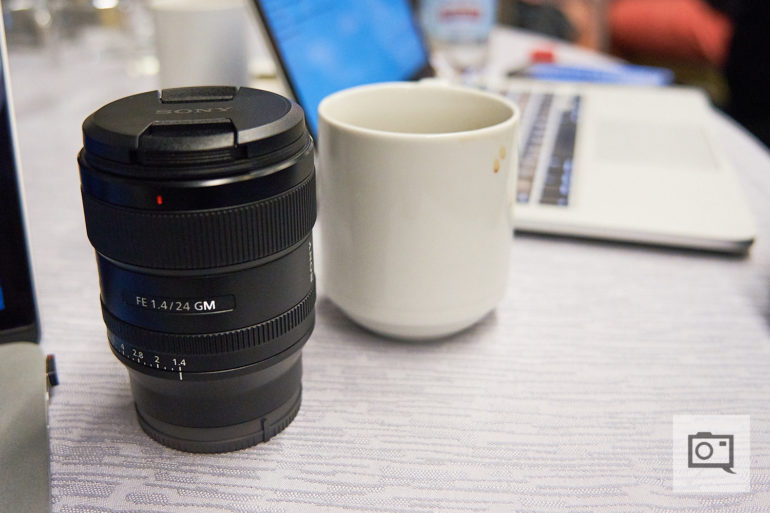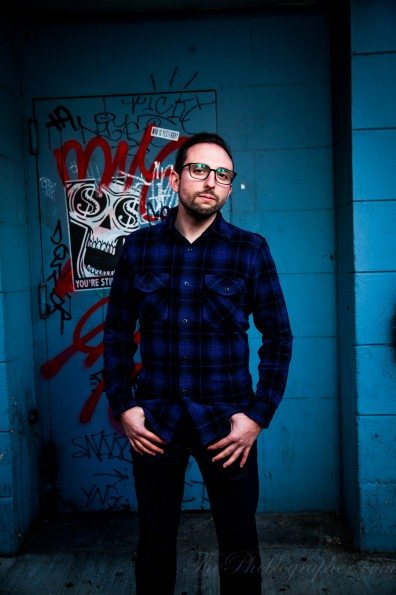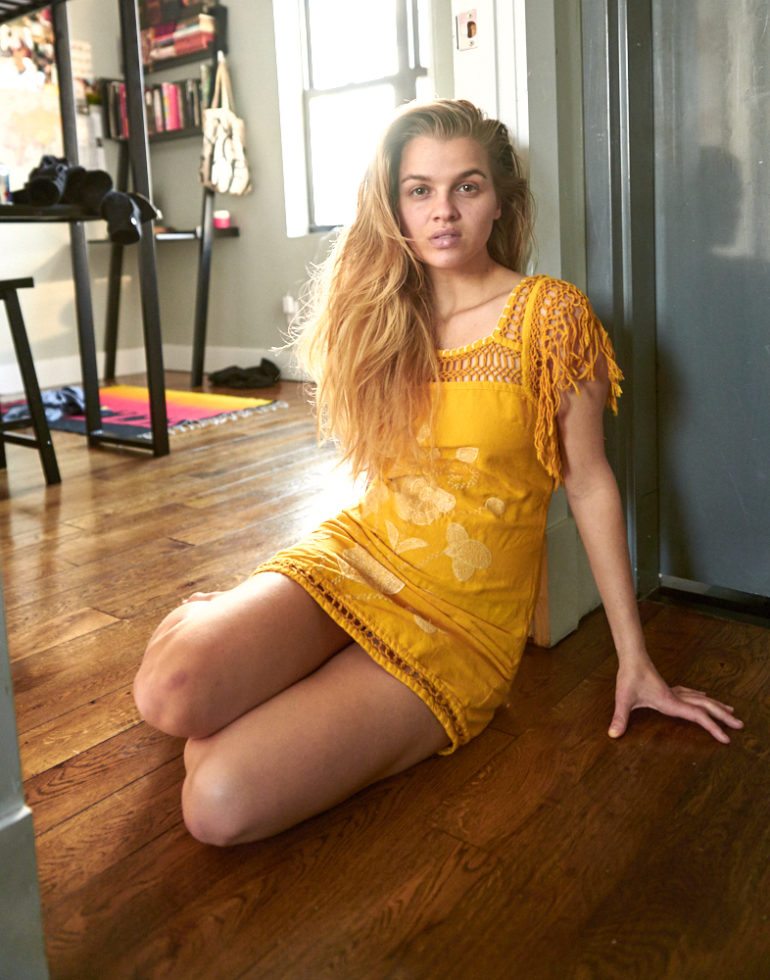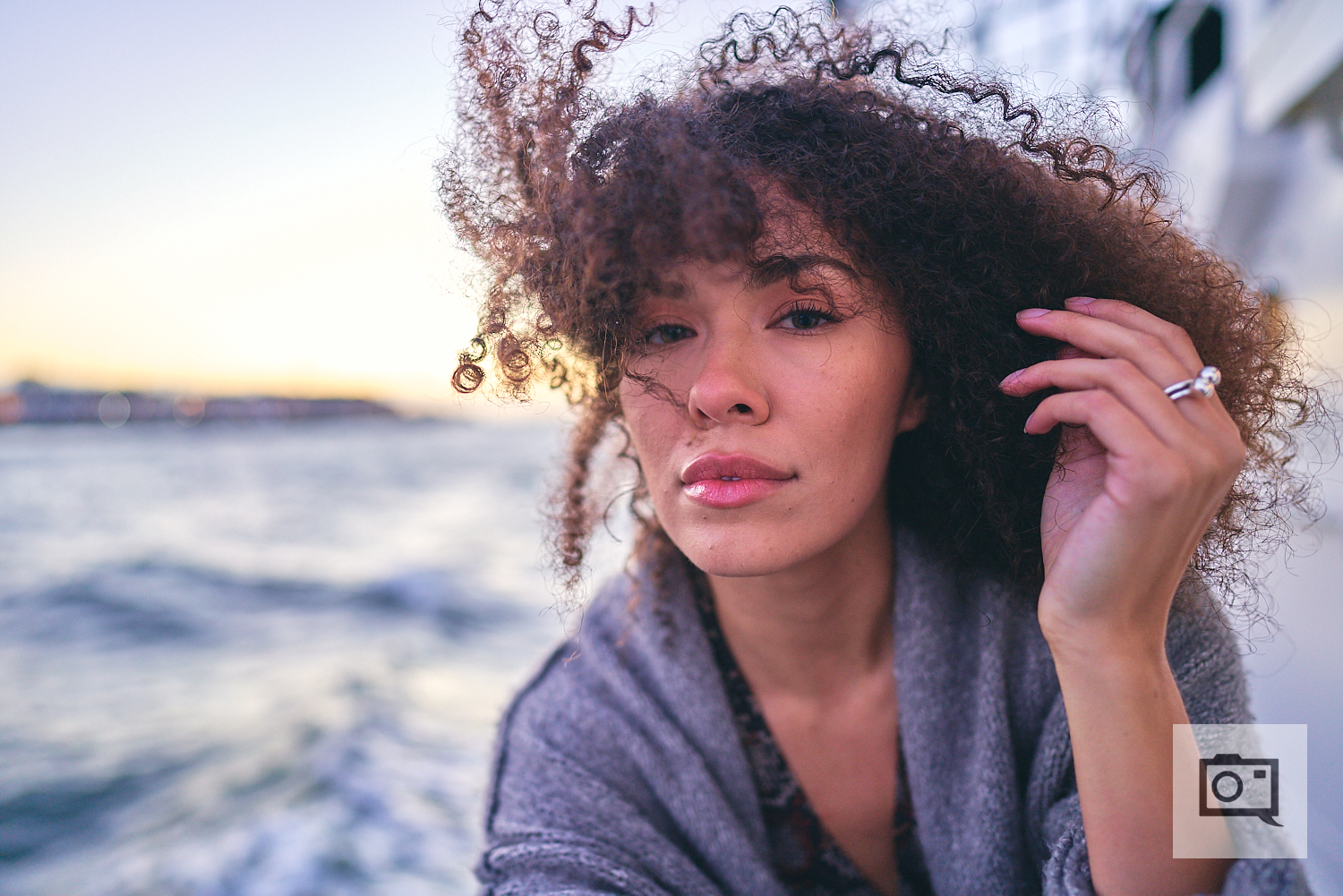Just because you’re used to shooting landscapes and architecture with your 24mm lens doesn’t mean you can’t use it for shooting at home!
So, you’re stuck at home and you have limited options when it comes to taking photos. If you’re thinking about joining the myriad of photographers who decided to do self portraits in the meantime, you might want to pay special attention to your 24mm lens. We’ve been recommending the 24mm lens for portrait photography, so we see no reason why you can’t whip it out for creative self portraits as well!
Some of Our Favorite 24mm Lenses for Portraits

- Fujifilm 16mm f1.4 R WR: Review ($999)
- Sony 24mm f1.4 G Master: Review ($1,398)
- Sigma 24mm f1.4 DG Art: Review ($745)
- Nikon 24mm f1.8: Review ($996)
An Odd Choice That Works
While not traditionally preferred for portraits, wide-angle lenses like the 24mm have been a favorite of many photographers for environmental portraits. These show subjects either interacting with their surroundings or simply in their natural environment. You can take advantage of that style to craft a scene or story set in your home and let the wide-angle lens capture as much of it as your shot needs.
“Something like five to six feet can usually work well. 24mm lenses are best relegated to shooting nothing tighter than the upper half of someone–and even then I’d really only believe that that works with only certain body types.”
How to Shoot Better Portraits with a 24mm Lens
But, if this is the first time you’re hearing about shooting portraits with a wide-angle lens like the 24mm, the video above by Mango Street provides a great preview of what you can do with it. Their shoot also provides some great ideas — self portraits or otherwise — about how you can play with angles to make the most of how much this lens is able to capture.
Also, since you’ll be shooting indoors, the field of view of the 24mm lens is perfect for creating an illusion of space even when shooting in tight spaces. This means you can prop your camera on a tripod and place it closer to you but capture more of the room or setting.
Going Wide to Get Creative

If you already have this lens and a tripod, you’re on your way to shooting creative self portraits practically anywhere inside your home, whether it’s your room, the bathroom, a small, empty corner, or a spot on your balcony. A lot of photographers who make self portraits may not feel comfortable with close-up shots of themselves. If that sounds like you for whatever reason, the 24mm lens will also work like a charm.
Before we get to the creative stuff, we want to touch base on some of the important technical tips about 24mm lenses that you should first be aware of. Matt Granger’s video above is a quick summary of what you have to keep in mind so you get the best results.
Composing to Avoid Distortion

First, wide-angle lenses tend to create unflattering distortion when shooting too close to a subject. This is especially noticeable along the edges. To avoid this, don’t put the camera too close to yourself, and make sure to position yourself at the center of the frame. Another tip is to make sure the camera is propped as horizontal as possible, whether you’re shooting in portrait or landscape orientation. When you tilt your lens vertically up, anything at the bottom of your frame will be exaggerated; if you tilt it down anything at the top of the frame will be exaggerated. However, you can also use these distortions to your advantage if you can find a way to incorporate them as creative effects.
Now, for the fun part. Marc Klaus has been posting some very cool and inspiring self portrait ideas which he has been mainly shooting with a 24mm – 70mm lens at 24mm. The wide-angle lens is perfect for his ideas because it captures all the creative props he puts around him. It also shows a good portion of his space to create the impression of him as a character in a visual story.
Don’t forget to check out our 24mm lens photography cheat sheet for making the most out of this glass, as well as some of our recommended 24mm lenses if you don’t have one yet!


